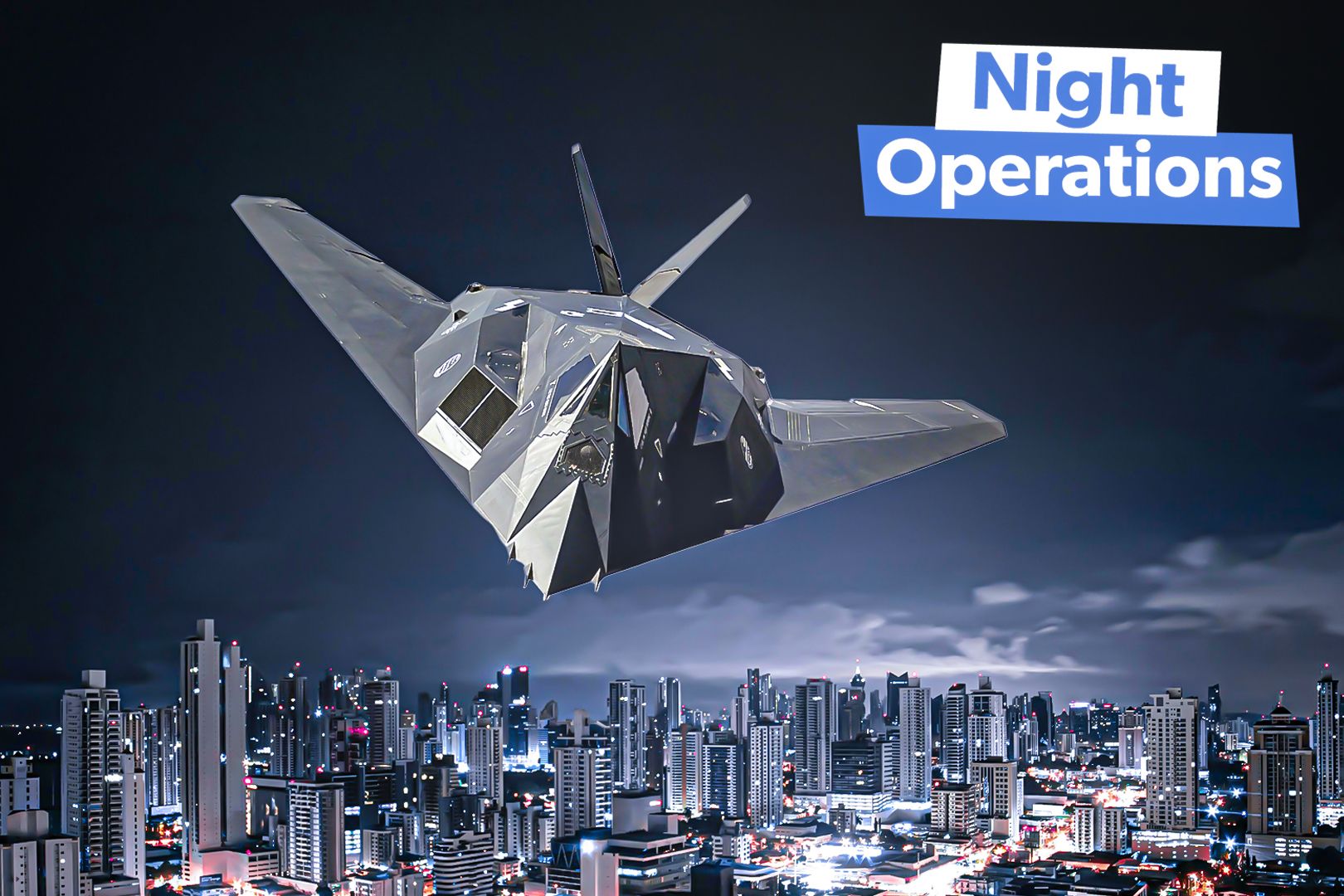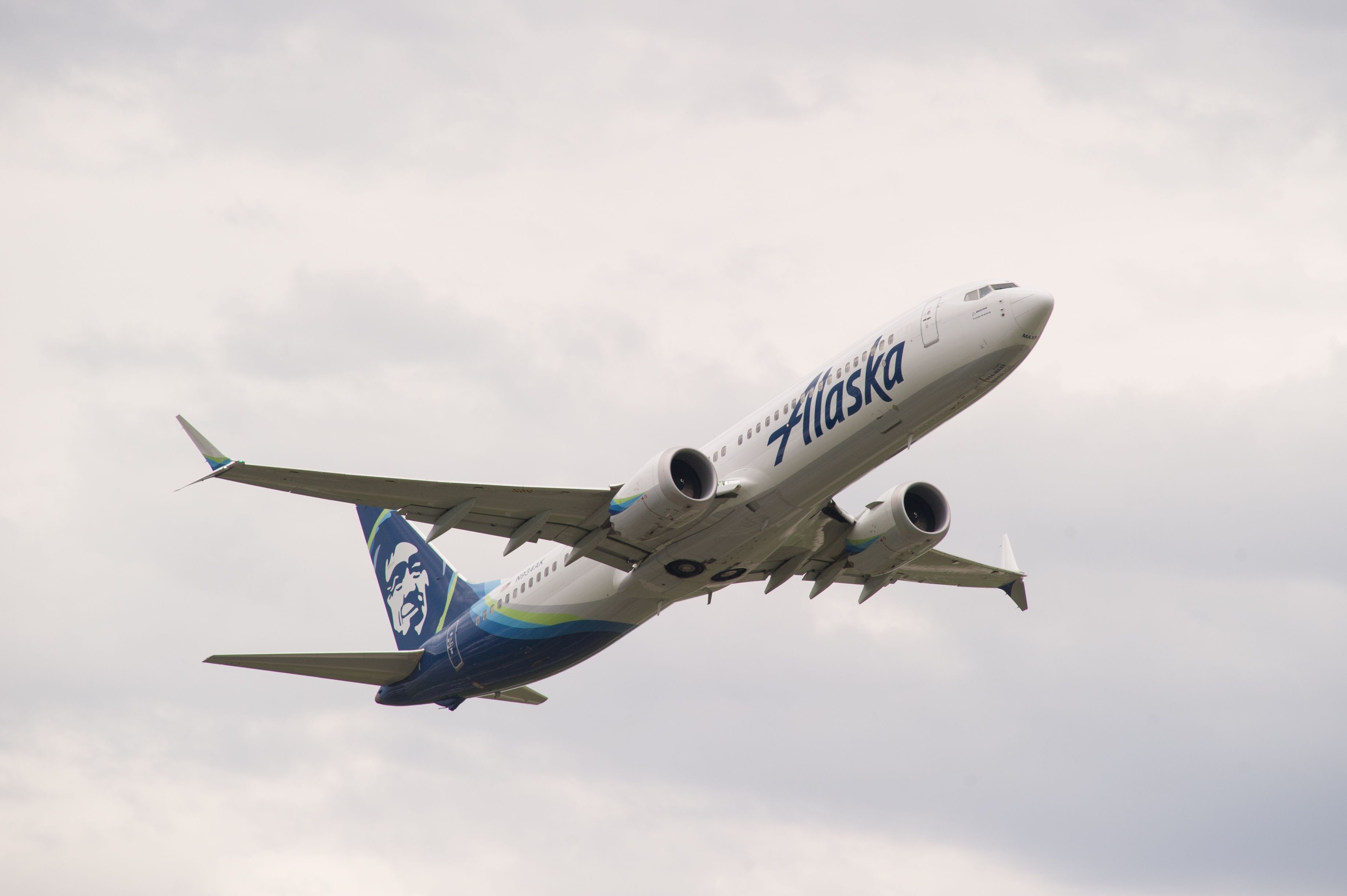Summary F-117 Nighthawk - First stealth night aircraft for combat with advanced navigation & thermal systems. F-35 Lightning II - Equipped with advanced sensors for enhanced pilot visibility during SEAD missions. F/A-18 Hornet - Carrier-capable supersonic aircraft using JHMCS for superior target detection.
Modern fighter aircraft are designed for air superiority during day and night missions and in all weather conditions. Advanced avionics and cockpit systems enable better control and situational awareness of pilots during night missions. This article explores some of the most advanced fighter aircraft designed for night missions.
1 F-117 Nighthawk First operational aircraft designed for stealth night missions First flight: June 1981 Number built: 64 (5 YF-117As, 59 F-117As) Integrated digital navigation and attack systems Thermal imaging infrared system Laser rangefinder and designator Fly-by-wire (FBW) flight system The Lockheed F-117 Nighthawk was a single-seat subsonic aircraft developed by Lockheed's Skunk Works division. Designed for the United States Air Force (USAF) to counter sophisticated Soviet surface-to-air missiles, it was the first operational aircraft featuring stealth technology. The F-117 was equipped with integrated digital navigation and attack systems, enabling effective combat power during day and night missions.
Targeting is achieved through a thermal imaging infrared system that offers precise identification of the enemy target. The laser designator pi.



















